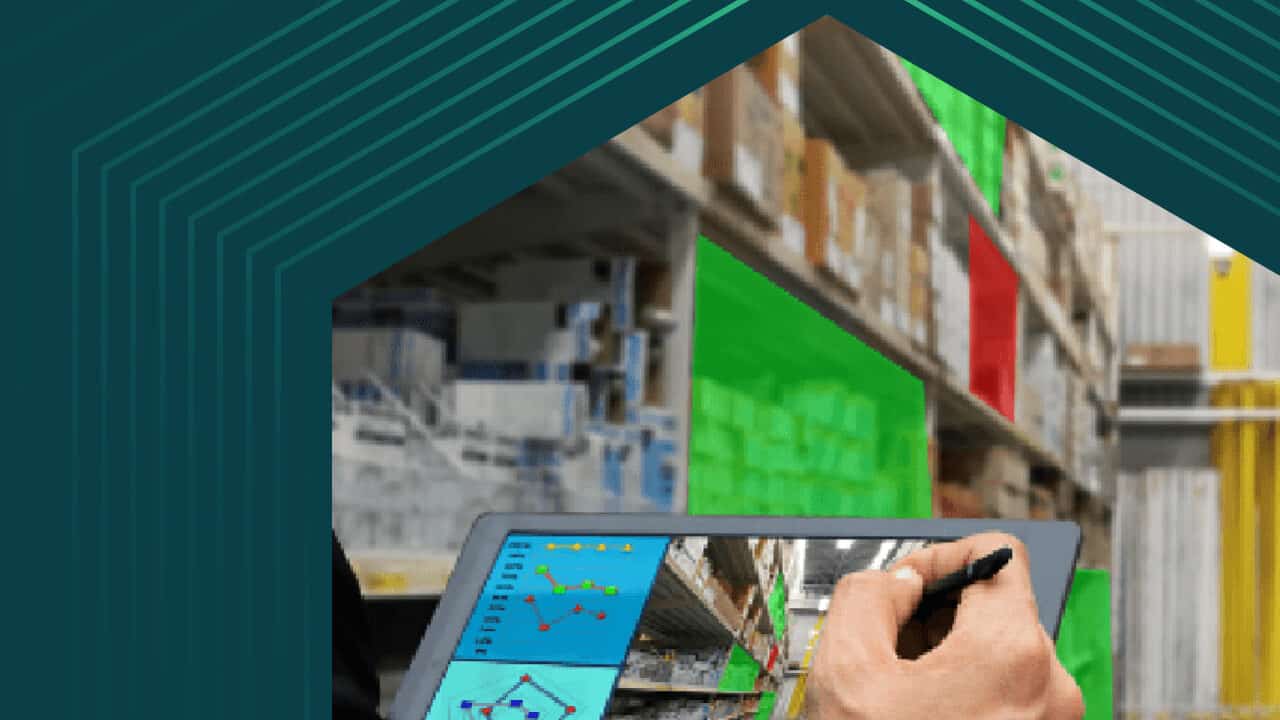
The Internet of Things (IoT) is an emerging technology concept in which devices with onboard computing capabilities are uniquely identifiable down to the individual serial number, and each asset can share data about its status or other information via its internet connectivity. Some years ago as people in the supply chain management world first started talking about how IoT would affect their business, the vision immediately skewed towards the grandiose. “Imagine,” they would opine, “that in the near future everyone’s internet-connected refrigerator will monitor how much milk is left in the jug and transmit demand signals in real time all the way through the supply chain up to the dairy farmer.” But while we are starting to see connected devices appear in some unexpected and strange places like kitty litter boxes, water filters, and flip flops (seriously, these all really exist), we are still a long way from the IoT-enabled supply chain pipe dream of real time demand planning for every end use item. That doesn’t mean we shouldn’t still be getting excited about this.
The main reason this vision has been slow to materialize is most end use items are simply not expensive enough to warrant the technological investment required to reap the supply chain efficiency gains. But one area where the concept is beginning to gain traction is higher end IT assets, specifically those in use in a B2B context. Even as Moore’s law, global competition, and economies of scale continue their demolition of the cost curve for electronic devices geared towards modern professionals, the fact remains IT assets will continue to represent a considerable expense in most enterprises for the foreseeable future. Should you consider incorporating IoT capabilities into your IT asset management strategy or product business operations? Here are three key things to consider:
How much do you care about lifecycle management?
This is not intended to sound flip or provocative. Spending an exorbitant amount of money to maintain the health and wellness of your IT infrastructure is not mandatory. Much like an old car with six digits on the odometer, it may be the right answer for your enterprise to drive IT assets into the ground, and replace only as required. There is, of course, a cost to this both fiscally and operationally, but depending on the business model, it may be the right thing to do.
That being said, for organizations where it is critical to execute flawlessly on lifecycle management, being an early adopter of IoT may be for you. IoT opens up a whole new world of possibilities for the gambit of IT assets required to run your enterprise. This technology offers the ability to understand the status of your asset fleet and actions being executed on-the-ground nearby like never before. You can go beyond the traditional table stakes of knowing who was issued what and where. The right IoT solution allows you to use every device in the field to gather untold sums of data about any activity of interest. Mining that information and using it to your advantage could present new opportunities for revenue growth and cost savings previously unimaginable.
The Cost of a Lost “Sale”
A classic business school exam question comes alive once more in the world of IoT. Many of us at one point probably solved the “Newsvendor Problem” wherein we imagined ourselves humble street corner entrepreneurs trying to decide how many copies of that day’s newspaper we should purchase for resale. What you eventually learn is that a key component of the equation is the cost of a lost sale caused by an inventory stockout. In the world of IT assets, the cost of a missed “sale” becomes much more precarious. You’re no longer talking about a function of unit price times quantity; you’re talking about damaging your entire organization’s ability to fundamentally conduct business. IoT enabled solutions allow IT asset managers and the supply chain function that supports them to proactively respond to changes in user demands and requirements in real time and prepare the proper supply response before operations feel an impact. Up until now, the choice faced was similar to the newsvendor. Should I buy too much only to suffer the cost of excess and obsolete inventory? Or should I miss a sale? With IoT in the future state, the answer could be “neither”.
Aftermarket Value Recovery
In the world of IT asset refurbishment and resale, cosmetic appearance may be a sliding scale, but computing performance is a step function. If you fail to decommission your assets before performance starts to fade, your return on the resale of assets in the secondary market will likely plummet. Leveraging IoT, diagnostic and prognostic indicators can monitor an item’s health down to the individual asset tag. Using this information to make informed decisions about when to perform technology refresh can easily recover the cost of the IoT technology needed to monitor it. What you’ll need to understand before you move in this direction is what are the marginal gains in either direction for early detection of fading performance. For lower end assets, the potential upside will not be as attractive. If you equip your users with the latest releases, maximizing aftermarket returns becomes more critical.
Whether the supply chain managers’ ideal, theoretical future state will ever be fully realized is anyone’s guess. One thing that is not up for debate is our devices are getting more and more connected every day. The only thing you need to decide is when IoT will work for you, instead of happen to you.
 Gaetano Gerace – Supply Chain SME
Gaetano Gerace – Supply Chain SME